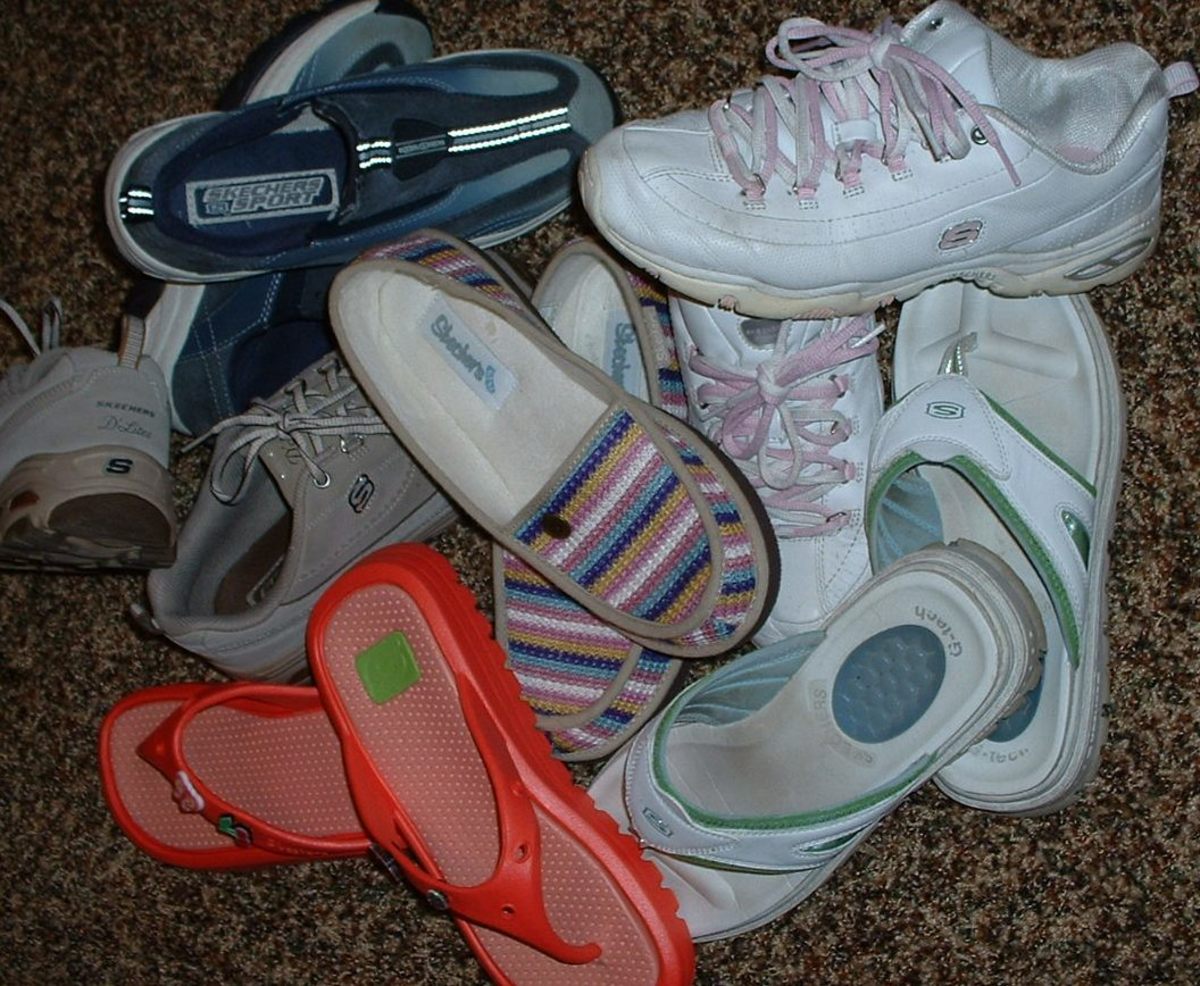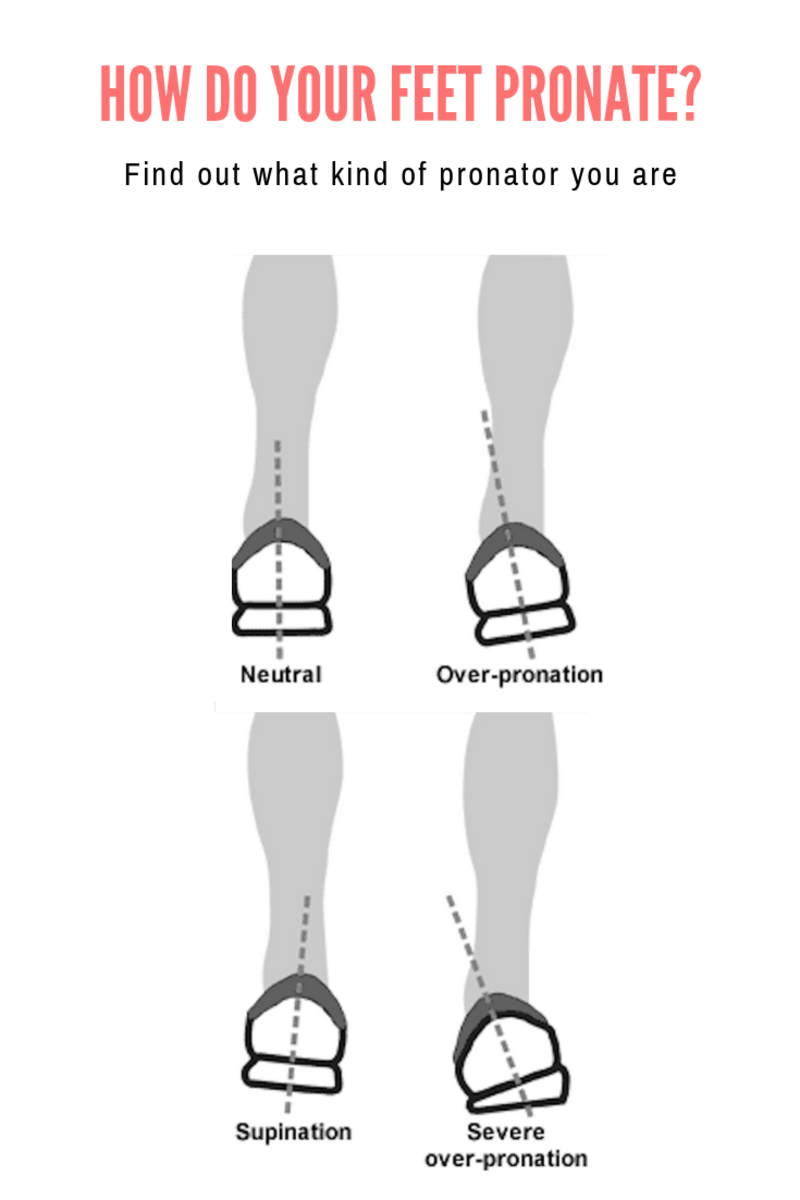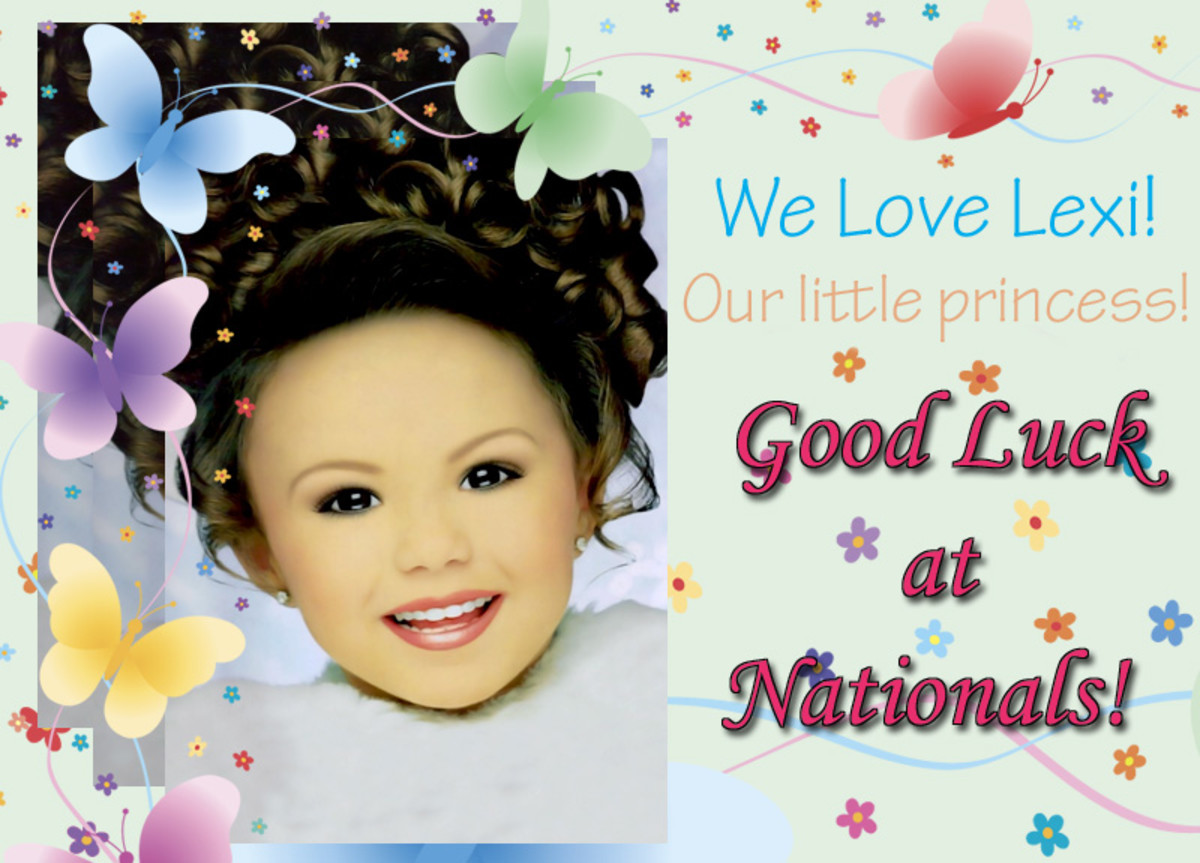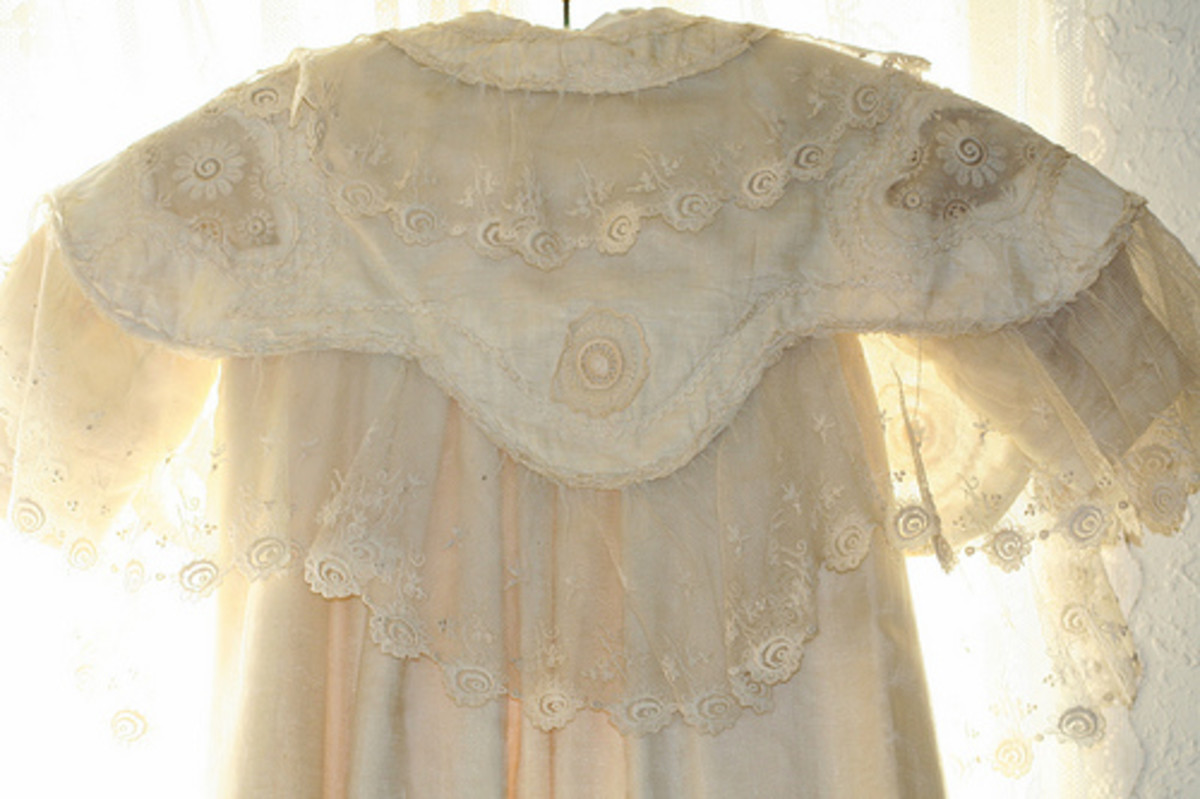Selecting Baby’s First Walking Shoes
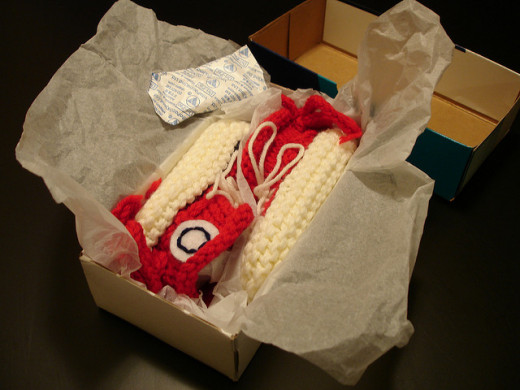
The brand of shoes are just as important as the brand of diapers. Like diapers, if the shoes are not appropriate they can leave a mark and cause baby some discomfort. Consequently, selecting the right shoes for baby warrants thoughtful consideration.
Baby begins to walk and you ponder, what is the best shoes to purchase? Prior to baby’s mobility your shoe purchases were more fashion oriented. Baby wore decorated or sometimes miniature versions of adult designs. When making the first walking shoe purchase, the market selections are distracting. There are many types in stores, Minnie and Mickey Mouse, Spiderman, Superman, Ninja Turtles, bows, strings, flaps and Velcro. What is the best fit for baby?
The Fitting
Many parents when purchasing the first walking shoe will take baby on the adventure. Toddlers get to discover the world of footwear. When let out of the stroller they run up and down the shoe store aisles selecting shoes 5 to 6 times too large for them. When redirected to their appropriate aisle they are almost guaranteed to beeline to famous character shoes, such a Mickey Mouse, Sponge Bob or Spiderman. Some mothers have toddlers that know what they want and will not compromise on their selection. Others have toddlers with no preference; they just want to try on every shoe they see, sometimes more than one shoe at a time. Shopping with toddler is fun once mothers are equipped with know-how and patience.
When you finely get your toddler settled enough to try on shoes have him wear the socks regularly used with shoes. It matters not whether your toddler wears the socks to the store or you carry them in your purse. It is important to make sure that the socks are worn before trying on any shoes. With socks on feet begin the fitting process with your child’s or your first selection. Whether or not the shoes fit becomes obvious for two of the selections, it will be either too large or too small. But, the fitting gets complex when your toddler’s feet fit, for it does not always mean it is the “right” footwear. The first step, pun intended, in selecting the right shoe is to have toddler stand to feel the tips of the shoes. Do you feel toes or toe knuckles? Toe knuckles mean shoes are too small and toes mean a tight fit. Conceding that you want a tight fit your job is done, you can make your first purchase. Whenever, a tight fit is not prudent go to the following size level. The selection becomes easier, because you eliminated all shoes sizes below the failed pair. When the feet move into the ensuing size level do the toe test again, and if that passes you then perform the length check. Using your thumb press down just pass your toddler’s big toe, there should only be a ½ inch space between big toe and shoe. Next, move on to the width test. This inspection might be a little difficult because of the texture of the material. At the left or right side of the shoes, between thumb and index finger, pull the material. An accurate width will along for a little bit of gather, anymore means the footwear is too wide. The material might not allow for material gathering. If so run your finger along the outside front portion of the shoes. The shoe is too narrow when toddler’s small toe is at the immediate edge of the shoe. The next analysis is the pinkie probe, when your pinkie can barely fit at the back of the shoes, it is a good fit. Of course, the final assessment begins as you observe how well your toddler gaits in the pair. Allow him to walk or run up and down the store aisle. Detect if your child walks with discomfort and as you remove the shoes, survey his feet for red marks. If one of the two occurs move on to the next size and the next until you and your toddler are happy with the fit. Once you establish the right fit, decide if it works for your wallet or if the next size, the size-to-grow, more suitable.
The Cutout
There are times when taking toddler to the purchase adventure is not an option. Mothers can opt to use the feet cutout to replace the presence of the child. This option is similar to hand drawing in kindergarten. Have your child stand on a clear sheet of paper, preferably brown, and draw his feet, cut out drawing and take to the store. With cutout in hand use the above checklist to make your purchase.
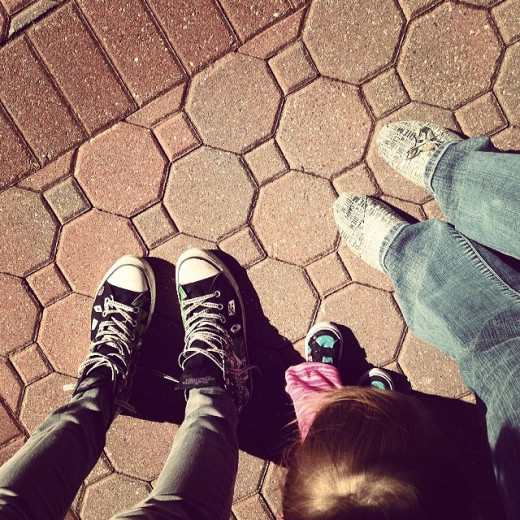
First Shoe Features
Guidelines established by experts also help mothers make the best shoe selection. Experts assert that toddlers learned mobility is in direct relation to foot and ground. As the feet feel the ground there is muscle expansion and ultimately balance movement. If your child is constantly kicking off his shoes it is because they are not giving him the “ground feel” that he craves. He is unable to connect to the ground and removes his shoes to make the necessary foot ground “sensory” link. A toddler’s first shoes, as per the experts should be heelless with a medium-soft sole. Please, no incline, platform or steep soles.
The shoes as per experts must allow toddlers toes to wiggle, bend as it would be able to outside the shoe. Since toddler’s feet are broad at the toes what he wears must adapt to such growth. When the sole are medium-to-soft it most also provide protection from the outside elements, and as you child walks the toes grip and expand allowing for balance. Experts also emphasize that a toddler’s shoes be porous and washable.
Types Of Shoes To Purchase
With the above outline of best shoe brand experts recommend the purchase of sneakers. Sneakers are great for the ankles and allows for growth. The price is not too much of a factor. If you can find an inexpensive shoe that fits buy it. Purchase only closed-toe shoes. Laced or Velcro shoes are best at toddler stage since these features will help keep shoes on baby’s feet.
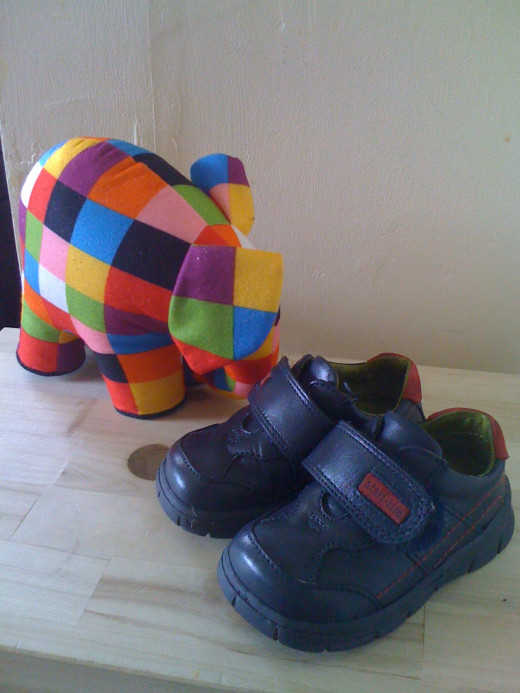
Types Of Shoes Not To Purchase
Avoid hard leather sole shoes, they cause children to slip and fall. Hard leather boots should be shunned, they are too rigid. Expensive shoes are not a must, especially if they do not follow the above guidelines. Try to avoid open-toe shoes, they place too much demand on toddler as he walks. Experts say not to purchase used shoes. They declare that used shoes are broken in by another child’s feet and hence work against any other feet. However, for some single mothers used shoes are the only option. If used shoes are their only alternative, the suggestion is to purchase the shoe a size larger; keeping in mind that toddler’s feet grow appropriately every four months.
Regulation
The Consumer Product Safety Improvement (CPSIA) regulates the type of substance used in manufacturing children’s shoes. The Organization restricts the use of lead, paint and “phthalates” in footwear for children 12 or under. Manufacturers are mandated to contract independent companies to test and ultimately certify that the children’s item is free of the above restricted items. This certification accompanies the products when shipped to distributors or retailers.
As you go through the sliding doors of a retail store equipped with the applied knowledge, know whatever purchase you made will result in the best selection for your baby.



